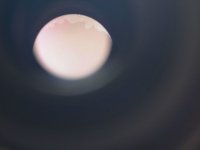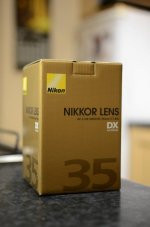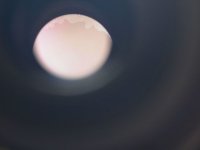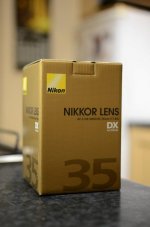yeah, you are really paying for that flexibility without having to swap lenses. But the Nikon one is still too steep for me and that is half the price of the Canon.
I would much rather have a 500/600mm and a 70-700mm on a separate camera.
But I have just never been ina situation where I missed a shot because I had too much reach, yet pretty mch everytime I go out I wish i had a 600mm lens!
I know what you mean! I'm still getting to grips with the limits of this currently but even at 560mm I'm also realising that it's not always possible to get the shot you want no matter what lens you have

Heat haze is annoying!










